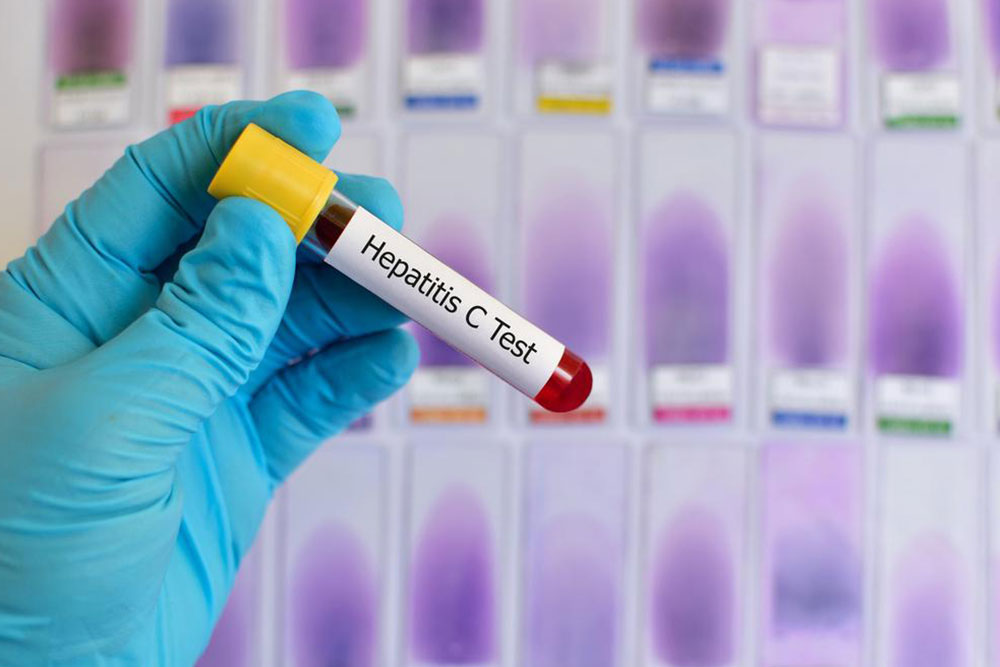Early Indicators and Signs of Bladder Cancer
This article explains early signs of bladder cancer such as hematuria, frequent urination, and lower back pain. It emphasizes the importance of early detection, diagnostic methods, and risk factors like age and smoking. Recognizing these symptoms can lead to timely medical intervention, improving prognosis. The content aims to raise awareness about bladder cancer and encourage high-risk individuals to seek professional evaluation for effective management and treatment.
Recognizing the First Signs and Symptoms of Bladder Cancer
Bladder cancer occurs when cells lining the bladder undergo mutations, leading to uncontrolled growth. This abnormal activity affects surrounding healthy cells, often leading to cell death and disrupting normal urinary functions. It ranks as the sixth most common cancer globally.
Early Symptoms of Bladder Cancer
Detecting bladder cancer early enhances treatment success. While routine screenings aren't universally recommended, certain high-risk groups may benefit from targeted tests.

Key symptoms to watch for include:
Hematuria (Blood in Urine)
The most prevalent sign is visible blood in urine, which may initially be microscopic and only detectable via lab tests. As the cancer advances, blood levels increase, and urine may become darker or discolored. Usually, hematuria occurs without pain, but it can also signal other conditions like kidney disease or infections. Consulting a healthcare provider is crucial to determine if blood in urine indicates bladder cancer.
Frequent Urge to Urinate
Many patients experience increased urgency, needing multiple bathroom visits during the day and night. This constant urge can significantly impact daily life, leading to distress. Though common in other conditions like infections or diabetes, persistent urinary frequency warrants medical evaluation for potential bladder cancer.
Discomfort While Urinating
Burning or stinging sensations during urination—known as dysuria—may hint at bladder cancer. However, similar symptoms can also result from kidney stones, infections, or prostate issues. Persistent dysuria should be assessed professionally to clarify the cause.
Difficulty Urinating
Some patients report difficulty fully emptying their bladder, even when feeling the urge. This may indicate tumor growth obstructing normal flow, which requires medical attention.
Lower Back Pain
Persistent pain on one side of the lower back may suggest cancer progression or spread to nearby areas, highlighting the importance of prompt diagnosis.
Fatigue and Weight Loss
Unexplained tiredness, decreased appetite, and weight loss can occur as the disease advances, signaling systemic effects of cancer.
Many of these symptoms also appear in other health issues, making professional consultation essential for accurate diagnosis.
Detecting Bladder Cancer
Doctors utilize urine tests, imaging techniques like CT scans and MRIs, and cystoscopy to diagnose bladder cancer. Cystoscopy involves inserting a small camera into the bladder via the urethra to visually inspect for abnormal tissue and obtain biopsy samples for confirmation.
Factors Increasing Bladder Cancer Risk
Risk factors include smoking, age (most diagnoses occur around age 73), family history, prior cancer treatments, congenital bladder anomalies, and exposure to carcinogenic chemicals. Men are approximately four times more likely to develop bladder cancer than women, with Caucasians being most affected. Knowledge of these risks can aid in early detection and prevention efforts.










